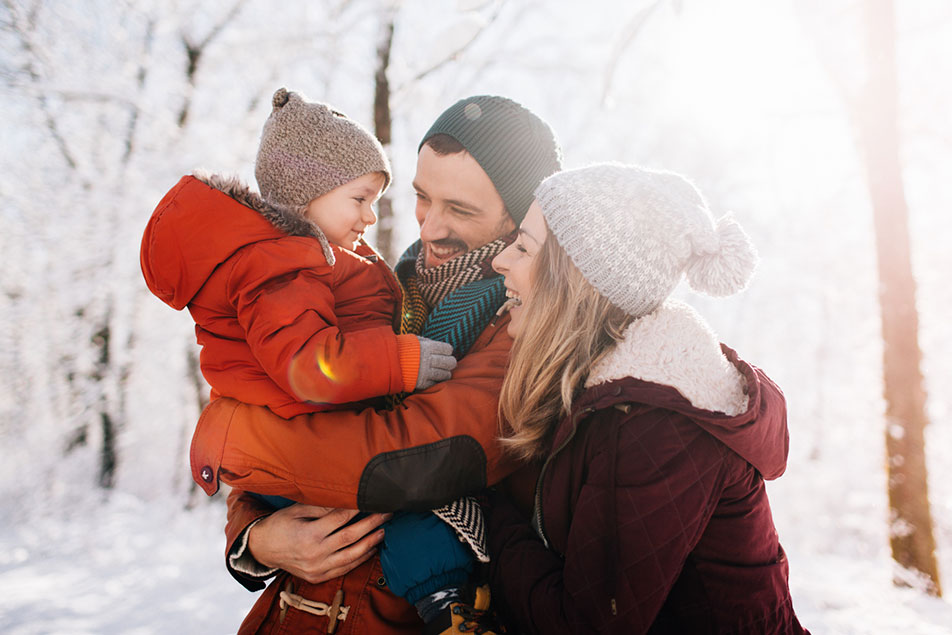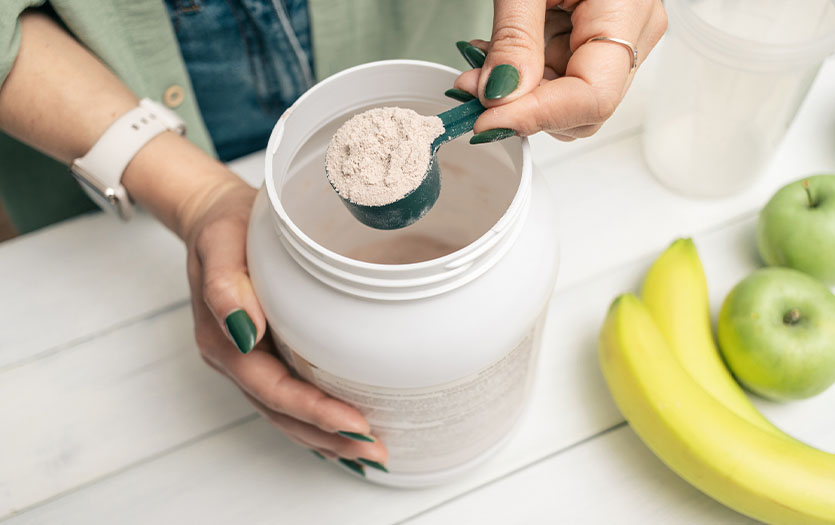Having the white stuff in the forecast means snow forts, slow-moving traffic and shoveling. But, as Mark O’Shaughnessy, MD, Parkview Physicians Group – Cardiology, shares, it can also bring some unique heart hazards. Here, he offers important tips for a safe winter as you venture out into the snow.
Old Man Winter has arrived, and with him, increased cardiovascular risks that can lead to an unwanted hospital visit, especially when shoveling snow. When we talk about cardiovascular disease, we are most commonly referring to Coronary Artery Disease, Atherosclerosis or “hardening of the arteries”. In brief, our heart is an elegant muscle with its own plumbing supply (coronary arteries), and if these pipes (arteries) become plugged with fat and cholesterol, it limits the amount of blood that can be supplied to the muscle below the blockage, resulting in Angina (heart pain). If the artery closes off completely, we experience a heart attack.
The cause of Atherosclerosis (cholesterol build-up) is for another blog post, but if a person has existing artery disease, winter can harbor a host of additional dangers. When we perform any kind of physical activity or work, like when shoveling snow, we need to increase the nutrient supply to the exercising muscles. Our heart works as the “generator” that sends the blood to the needy areas. With the increased workload, our heart also needs to increase its own blood supply and if there is “corrosion” in the tubes that supply the heart, the generator begins to sputter and misfire.
During extreme weather (hot or cold), our bodies use a tremendous amount of energy to maintain our thermostat within a narrow range (98.6); cooling in the summer and warming in the winter. Of course, our heart is literally at the “heart” of this process. Adding additional work to meet the increased energy demand required to simply keep us warm on a cold winter day when performing vigorous outdoor activities can stress the heart to the breaking point, resulting in chest pain (Angina), or worse, a heart attack (muscle injury).
I don’t need to tell anyone who has shoveled snow before that it’s rigorous physical work and the demands on the cardiovascular system are very high. There were some interesting studies at Ball State University’s Human Performance Lab concerning the demand shoveling snow places on the human body (they even studied light fluffy snow versus heavy wet snow) and suffice it to say, shoveling snow is indeed a tremendous amount of work, particularly in a cold environment, it demands a huge amount of energy from the heart. If someone has a normal cardiovascular system, they might have some sore muscles for a day or two. But, if someone has preexisting heart disease, shoveling can place them at serious risk if they don’t take adequate precautions.
So, what do we do once the snow strikes? First, it is important to know whether you have preexisting heart disease, and if you do, to discuss all activity, especially cold-weather activity, with your primary care provider. If you don’t know if you have heart disease, your primary care provider can assess your risk factor profile, arrange the proper screenings and help identify your risk for winter weather activities. Most importantly, dressing for the current weather with adequate clothing is important to help the body maintain its normal temperature without too much extra energy expenditure. Know the signs of heart disease: chest pain or discomfort, shortness of breath and fatigue. Listen to what your body is telling you and stop if you experience any of these symptoms.
Winter can be a beautiful and wonderful time of year and with some common sense and simple precautions, we can remain safe and active.
-
Dress for the occasion to help your body maintain its desired natural temperature without too much extra work.
-
Know your numbers: cholesterol, blood sugar and blood pressure.
-
Check with your physician to ensure you are in good enough condition to perform outdoor activities.
-
Listen to your body and if it is telling you to stop, STOP and seek medical attention.




